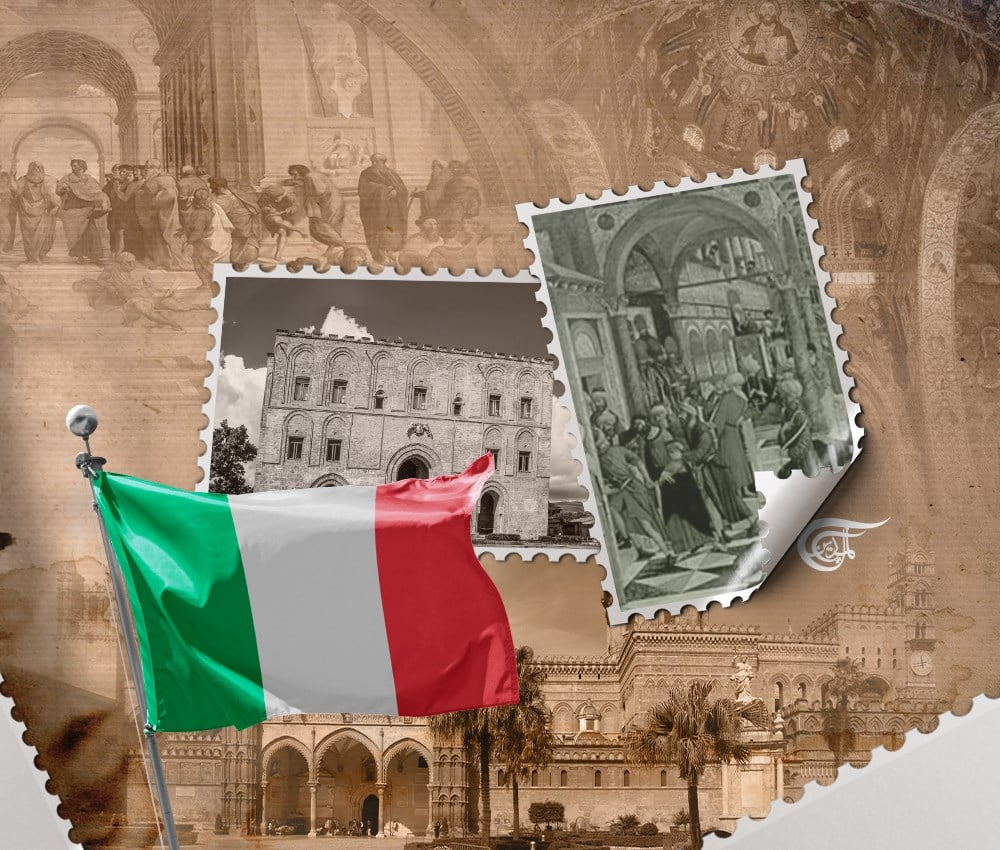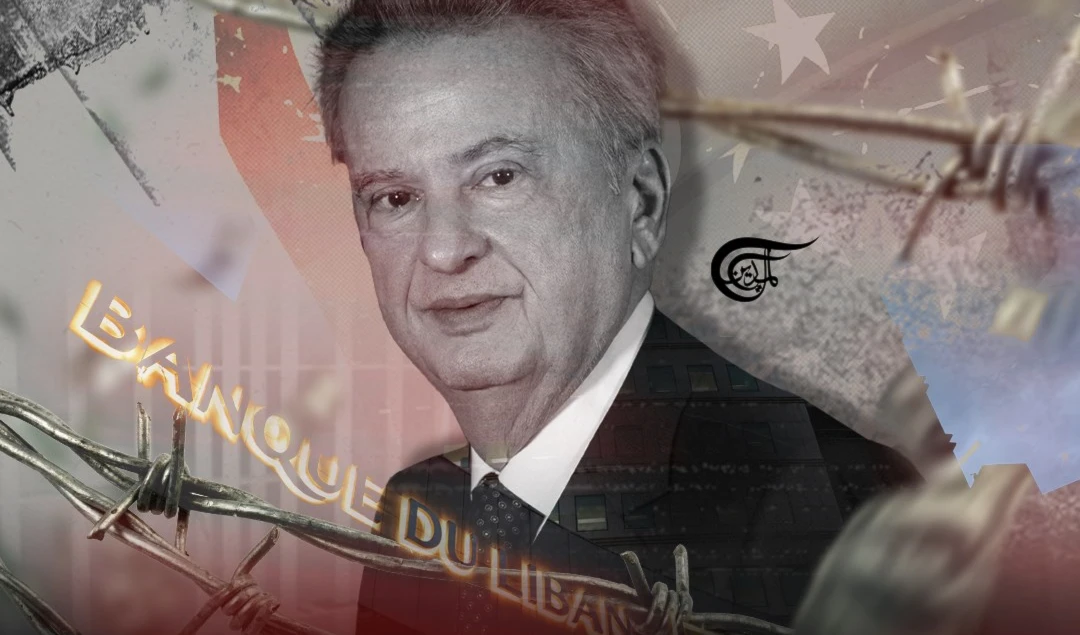Conceal Italy's Islamic art and influence: Unveiling the veiled legacy
From the architectural wonders of Palermo to the scholarly pursuits of the Renaissance, the Islamic influence on Italy's art, architecture, and intellectual heritage is unmistakable.
While Italy's art and architecture from the Renaissance era and earlier remain in the spotlight, a more intricate tale often goes untold. It is a story woven with threads of cultural exchange, crossroads of civilizations, and the remarkable beauty that emerges when diverse influences intermingle.
Behind the curtain of widely recognized landmarks and celebrated art lies an alternate history waiting to be explored. The Arab-Norman wonders of Sicily, once centers of Islamic rule, are architectural masterpieces that seamlessly blend European and Islamic aesthetics. These structures, however, have not always been given the limelight they deserve, tucked away in the shadows of more familiar narratives.
The journey of concealing Italy's Islamic connection is a tale in itself. Over the centuries, historical records may have been altered, artworks subtly misattributed, and the depth of influence downplayed. Yet, art, architecture, and culture often bear the imprint of those who came before, leaving whispers that attentive eyes and curious minds can decipher.
Whispers of deliberate erasure and historical oversight have circulated within scholarly circles. The motivations behind such concealment are multifaceted, often stemming from shifts in political power, changing cultural narratives, or biases that have cast a shadow over Italy's multicultural heritage.
Italy, renowned for its rich cultural heritage, is often associated with iconic landmarks like the Colosseum, the Vatican, and Renaissance art. However, beneath its well-known attractions lies a hidden gem that displays the crossroads of cultures and histories; Islamic art and history. The influence of Islamic civilization in Italy is a fascinating narrative that spans centuries, leaving an indelible mark on the nation’s artistic, architectural, and intellectual landscape.
Early encounters and influence
The tale of Islamic influence in Italy dates back to the early Middle Ages. During the ninth century, Sicily, located just off the southern coast of Italy, became a melting pot of cultures due to Arab rule. The Emirate of Sicily, established by Muslim rulers, saw the flourishing of art, science, and architecture that reflected Islamic traditions. Palermo, the capital of the Emirate, bore witness to this cultural exchange, as architectural marvels like the Palermo Cathedral emerged, displaying intricate Arab-Norman designs.
One of the most iconic Islamic architectural remnants in Italy is the Cappella Palatina, situated within the Palazzo dei Normanni in Palermo. This breathtaking chapel seamlessly combines Norman, Byzantine, and Islamic styles. The chapel's glittering mosaics, adorned with Islamic geometric patterns and calligraphy, serve as a testament to the blending of cultures during this era.
Islamic art's influence in Italy is also evident in various art forms, including pottery, textiles, and manuscripts. Islamic craftsmen's mastery of intricate designs and vibrant colors made their mark on Italian artistry. Sicily, in particular, saw the production of ceramics featuring Islamic motifs, which later influenced the famed pottery of cities like Caltagirone and Santo Stefano di Camastra.
Renaissance resonance
The Renaissance, a period known for its revival of art and culture, drew inspiration from a multitude of sources, including Islamic art and science. The Islamic world's preserved classical texts, along with their advancements in mathematics, medicine, and astronomy, were reintroduced to Europe through the scholars of the time. Figures like Leonardo da Vinci and Galileo Galilei benefited from the translation of these works, which greatly contributed to the flourishing of the Renaissance.
Exploring the unseen
Beyond the well-trodden tourist paths lie hidden treasures that encapsulate Italy's Islamic connection. The "Alhambra of Sicily," the Zisa Palace, stands as a testament to the extravagant lifestyle enjoyed by Arab rulers. This architectural marvel, adorned with intricate mosaics and serene gardens, transports visitors back in time to a period of cultural convergence.
Amalfi Coast
The Amalfi Coast, with its stunning coastline and vibrant towns, has a history that stretches back centuries. During the Middle Ages, this region was a crossroads of cultures due to its strategic maritime position. The maritime republic of Amalfi engaged in trade with the Islamic world, fostering cultural exchange that left its mark on the region's art and architecture.
The city of Salerno, renowned for its historic university and contributions to medicine, holds echoes of its Islamic past. During the 9th century, Salerno became a hub for scholars from diverse backgrounds, including Islamic intellectuals who brought with them the knowledge and advancements of their culture. This convergence of minds laid the foundation for the renowned Salerno Medical School, a beacon of medical knowledge during the Middle Ages.
Nestled high above the Amalfi Coast, Ravello offers breathtaking views and an unexpected Islamic connection. The Villa Rufolo, a 13th-century mansion with stunning gardens, carries traces of Islamic artistry. Arab-Norman architecture is evident in its arches and decorative elements, reflecting a cultural synthesis that enriches its allure.
Islamic artistry and Mediterranean aesthetics
The influence of Islamic art can be observed in the intricate designs and architectural features of buildings along the coast. From delicate geometric patterns to stylized motifs, these artistic expressions echo the aesthetics of the Islamic world. This fusion of styles created a unique visual language that resonates throughout the region's historical structures.
Uncovering hidden gems
While the Amalfi Coast is celebrated for its natural beauty and historical significance, its Islamic influence often remains in the shadows. Delving deeper into their history reveals the interconnectedness of cultures and the lasting impact of cross-cultural exchanges.
The Islamic art and history on the Amalfi Coast highlight the harmonious coexistence of cultures and traditions. The fusion of Islamic influences with local architectural and artistic styles reflects the beauty that emerges when diverse influences come together. This legacy serves as a reminder that the threads of history are woven by countless hands, each leaving a distinctive mark on the fabric of time.
Italy's tapestry of history is interwoven with the threads of Islamic culture. From the architectural wonders of Palermo to the scholarly pursuits of the Renaissance, the Islamic influence on Italy's art, architecture, and intellectual heritage is unmistakable.
The resonance of Italy's Islamic connection becomes more apparent. From the geometric patterns adorning buildings to the mathematical and scientific contributions that shaped the Renaissance, the echoes of Islamic art and thought are interwoven with the fabric of Italy's past, leaving an indelible mark that enriches its cultural narrative.
The whispers of concealment tell a tale not just of historical revisionism, but also of the complex interactions between cultures and civilizations. Embracing this narrative with open arms is a step towards a more inclusive and accurate understanding of Italy's artistic and cultural heritage.
It is a narrative deserving of the spotlight – a masterpiece of art, architecture, and cultural exchange that enriches the mosaic of Italy's history. With each revelation, the whispers grow louder, guiding us toward a more complete understanding of the intricate threads that have shaped Italy's past and continue to influence its present.

 Walid Mahroum
Walid Mahroum
 7 Min Read
7 Min Read










